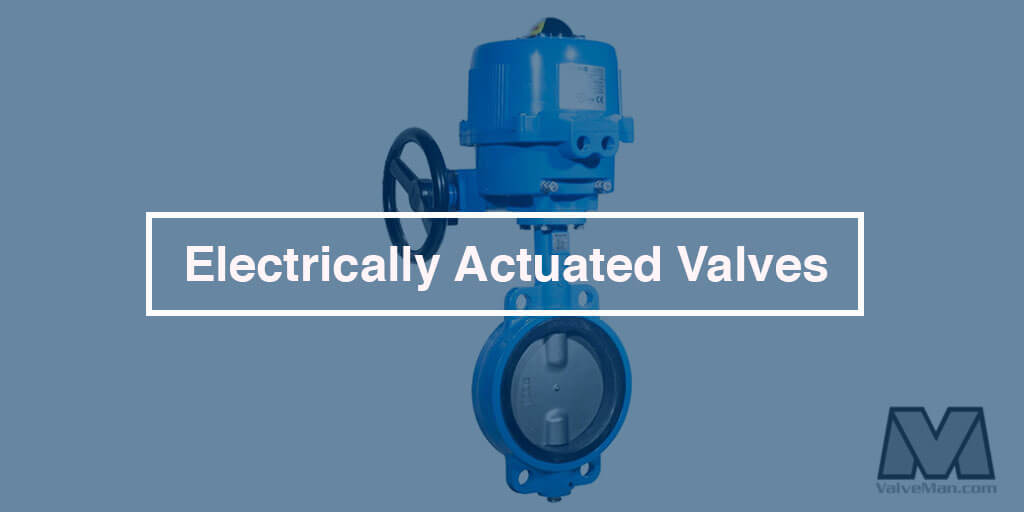Electrically Actuated Valves

Electricity moves at the speed of light, making electrically actuated valves highly proficient in fast closing and opening actions. Electric actuators employ an electric motor which provides the valve needed torque for operations. Generally quiet and cost efficient, electrically actuated valves are a smart investment for countless applications.
Electrically Actuated Valve Types
There are different types of electrically actuated valves, though the most basic workhorse is the rotary design. Rotary actuators employ an electric motor and shaft mechanisms to create rotational movement to open and close a valve. Most rotary actuators are coupled with 1/4 turn valves, can be direct mounted, and are perfect for automation applications. Like all electrically actuated valves, they provide precise positioning and control. Another common type of electric actuator is known as a linear actuator. Rather than a rotational movement, linear actuators perform a push/pull movement, converting electric energy into straight line motions. Electric linear actuators are typically used in positioning applications. They are often powered and controlled by step motors and servos. Electrically actuated linear control valves are far less common than rotary styles, though, and tend to be expensive.

Why Use Electric Actuators?
While speed is only one factor when considering the right type of actuator for your application, the power source may be the most important. While it's not always readily available, electricity is the most common power source for any shop or plant, and is easily the most cost effective, making electrically actuated valves the natural choice. Depending on the number of actuated valves being supplied, it can be quite a draw on an electrical supply. However, compared to the cost of supplying power to a pneumatic system, it's much cheaper. An air compressor runs continuously, even when idling, constantly drawing power. Another big advantage of electric actuators becomes apparent when they are used for more than one task. Changeovers in a factory can be time consuming, and therefore expensive. Because electrically actuated valves are easily programmed or set for a specific function speed, they substantially reduce changeover costs.
Recommended Electrically Actuated Valves
These are just a few examples of electrically actuated valves available through the ValveMan.com valve store. We carry a variety of sizes, models, and configurations for almost any application. We've been in the industrial valve business for over 50 years. It's simply what we do, and we do it better than anyone else.
Electrically Actuated Valves - Related Articles
What is a Duty Cycle and How Does it Relate to Electric Ball Valves?
Practical Guide To Electric and Pneumatic Actuators – Which One To Choose?
Using an Actuated Ball Valve Or a Solenoid Valve For Best Fluid Control In The System
The Future of Electric Flow Actuation
Why Choose a Namur Solenoid Valve for a Pneumatic Actuator
Types of Valve Actuators: How to Select a Valve Actuator
Difference Between a Vented Ball Valve and a Standard Ball Valve

